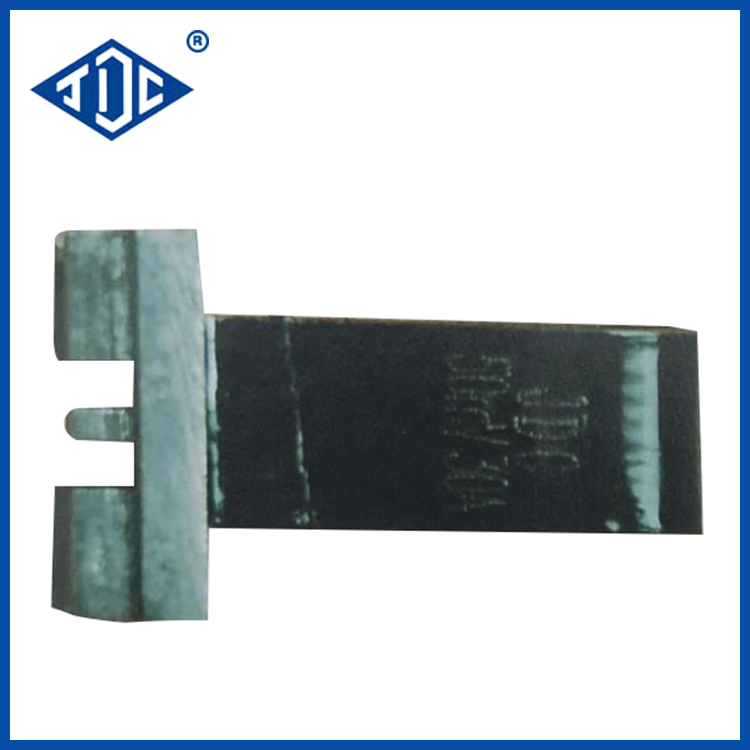- Español
- Português
- русский
- Français
- 日本語
- Deutsch
- tiếng Việt
- Italiano
- Nederlands
- ภาษาไทย
- Polski
- 한국어
- Svenska
- magyar
- Malay
- বাংলা ভাষার
- Dansk
- Suomi
- हिन्दी
- Pilipino
- Türkçe
- Gaeilge
- العربية
- Indonesia
- Norsk
- تمل
- český
- ελληνικά
- український
- Javanese
- فارسی
- தமிழ்
- తెలుగు
- नेपाली
- Burmese
- български
- ລາວ
- Latine
- Қазақша
- Euskal
- Azərbaycan
- Slovenský jazyk
- Македонски
- Lietuvos
- Eesti Keel
- Română
- Slovenski
- मराठी
- Srpski језик
Selection of shunt resistor
2021-07-19
A shunt resistor is the resistance of a conductor in parallel with a certain circuit. In the case of the total current unchanged, a shunt connected in parallel on a certain circuit will play a role of shunting, and part of the current is passed through the shunt, so that the current passing through the part of the circuit becomes smaller. The smaller the resistance of the shunt resistor, the more obvious the shunt effect.
Due to its special function, shunt resistors should be used in precision electronic products, such as instruments, meters, and measuring equipment. Special attention should be paid to the selection of resistance accuracy. If the accuracy is not enough, the current size of the shunt may be too different from the expected value. This directly leads to a large error in the measurement result and loses the meaning of the measurement. Similarly to other precision electronic products, because of their high requirements, it is best to choose high-precision resistors.
Take the resistance of 4.7 Kohm (kilo ohms) as an example. The most common resistance on the market is 5% precision resistance, which can be satisfied for general purposes, but for precision electronic products, shunt resistance, sampling resistance, these functions The product is far from enough. You should choose a high-precision Jiebishen chip resistor. The accuracy can be selected according to the requirements of 1%, 0.1% accuracy, 0.5%, 0.25%, 0.05% resistance, 0.01% accuracy resistance.
At the same time, the temperature coefficient, the temperature drift TCR, is also an important parameter that affects the change of resistance and the shunt current. If the temperature drift of the Kohm resistance is several hundred PPM, it cannot meet the high requirements like the accuracy. Choose 5PPM, 10PPM according to the product requirements. 15PPM, 25PPM, 50PPM (for the knowledge of TCR temperature drift, please refer to Jie Bixin Resistance Network) and so on.
If the resistance of the shunt resistor is less than 1 ohm, that is, in the milliohm level, then you can choose a low-resistance sampling-level resistor, Jiebishen sampling resistor. The resistance range is 0.0005 ohm, 0.5 milliohm, to 1000 milliohm, 1 ohm.





